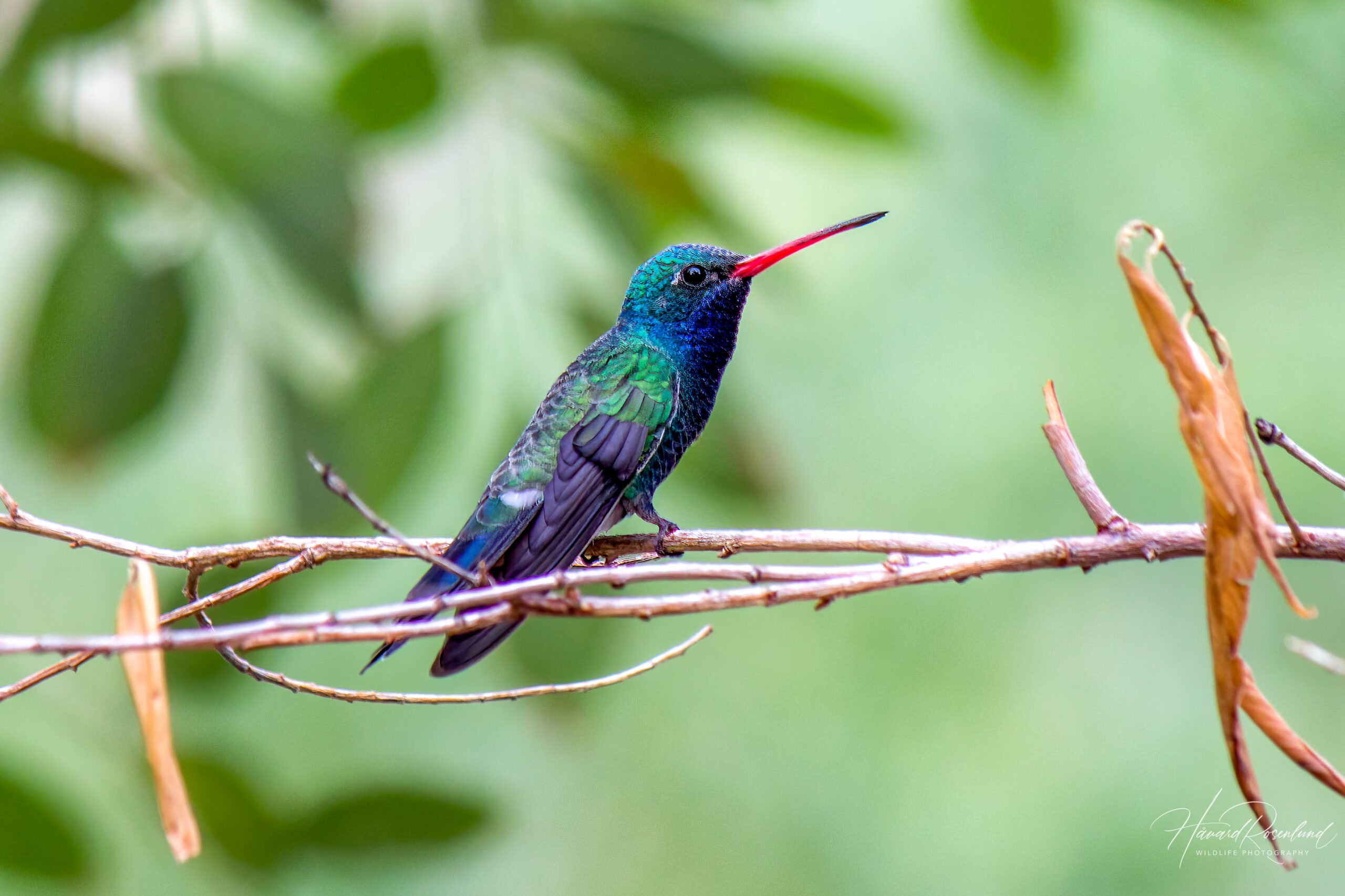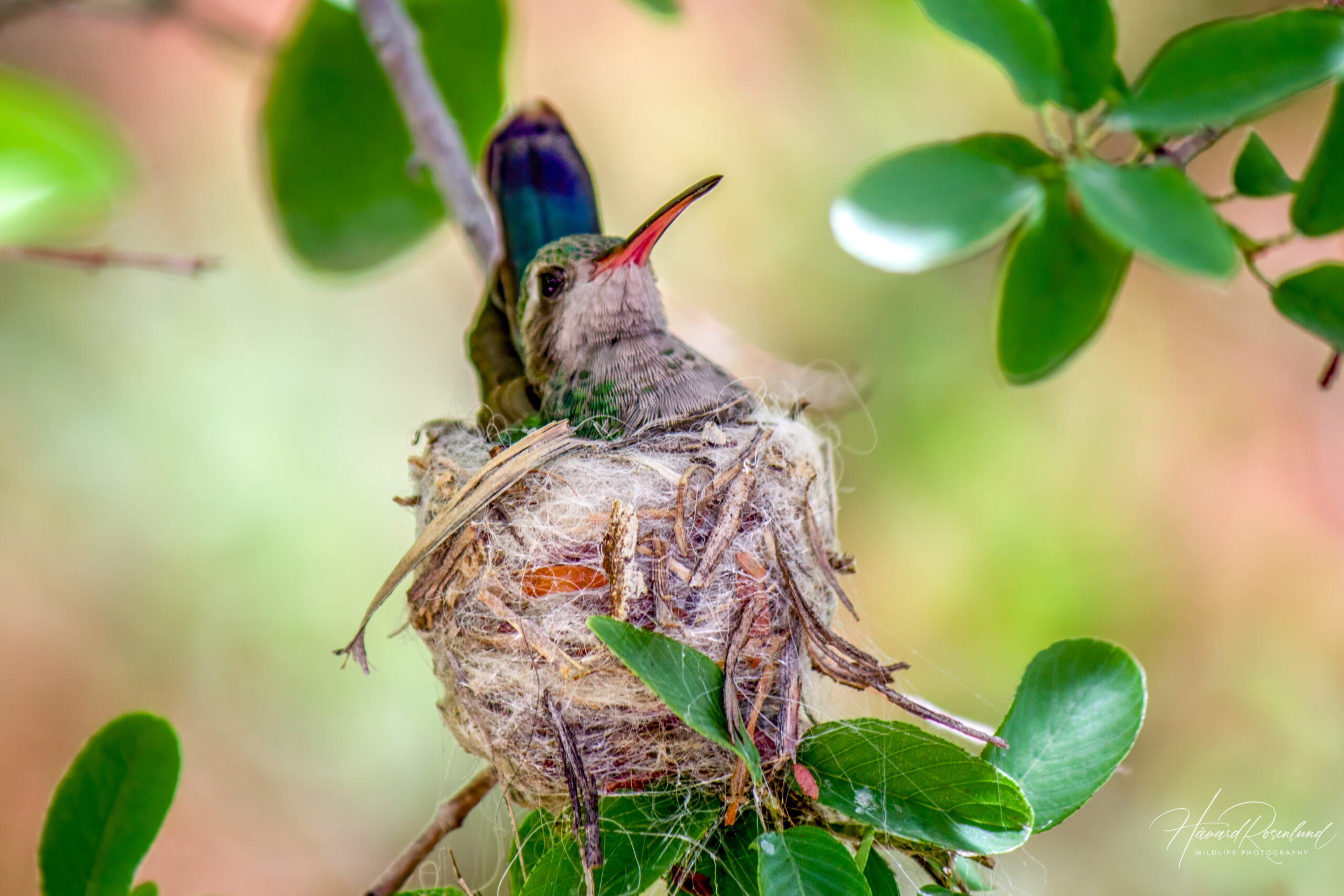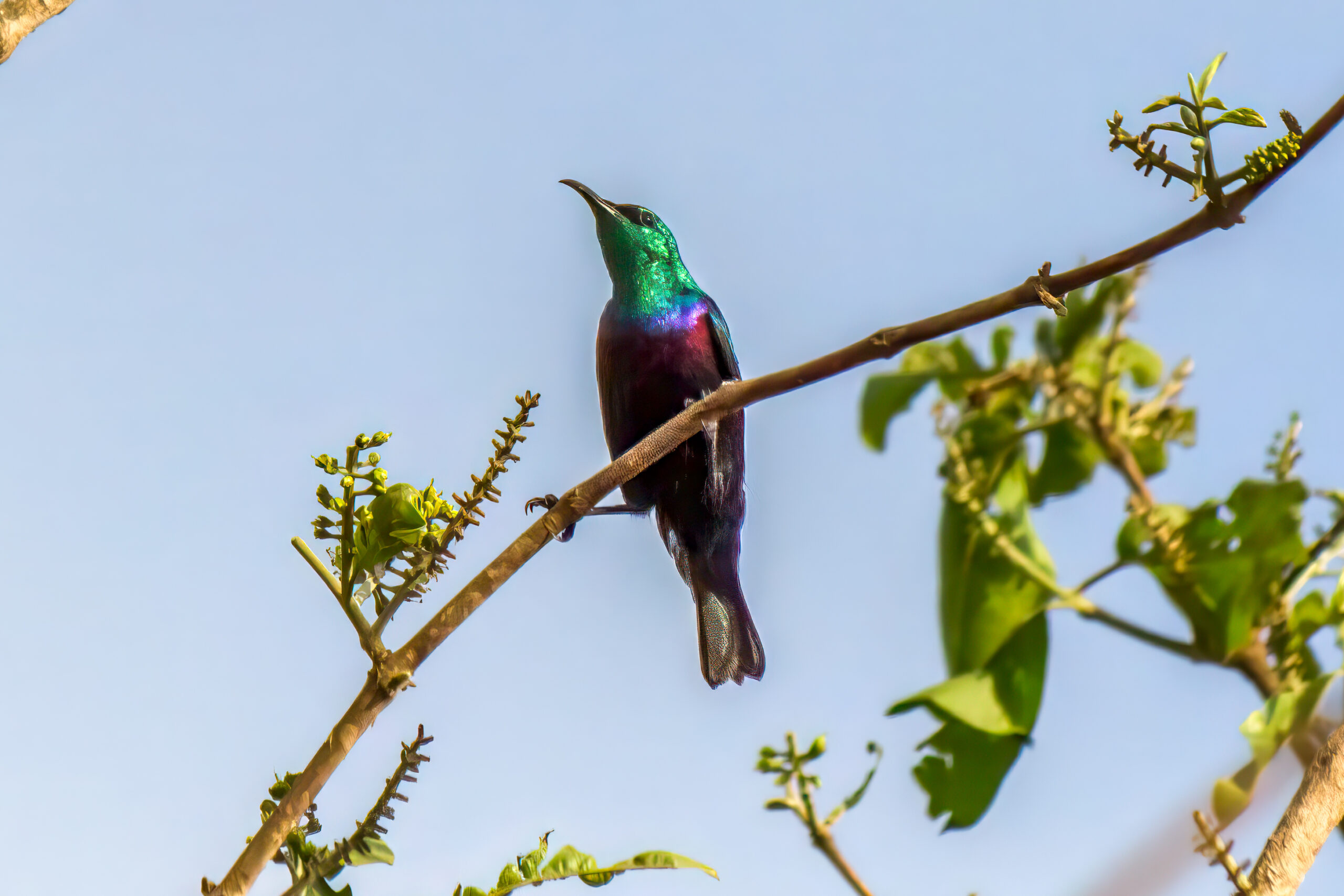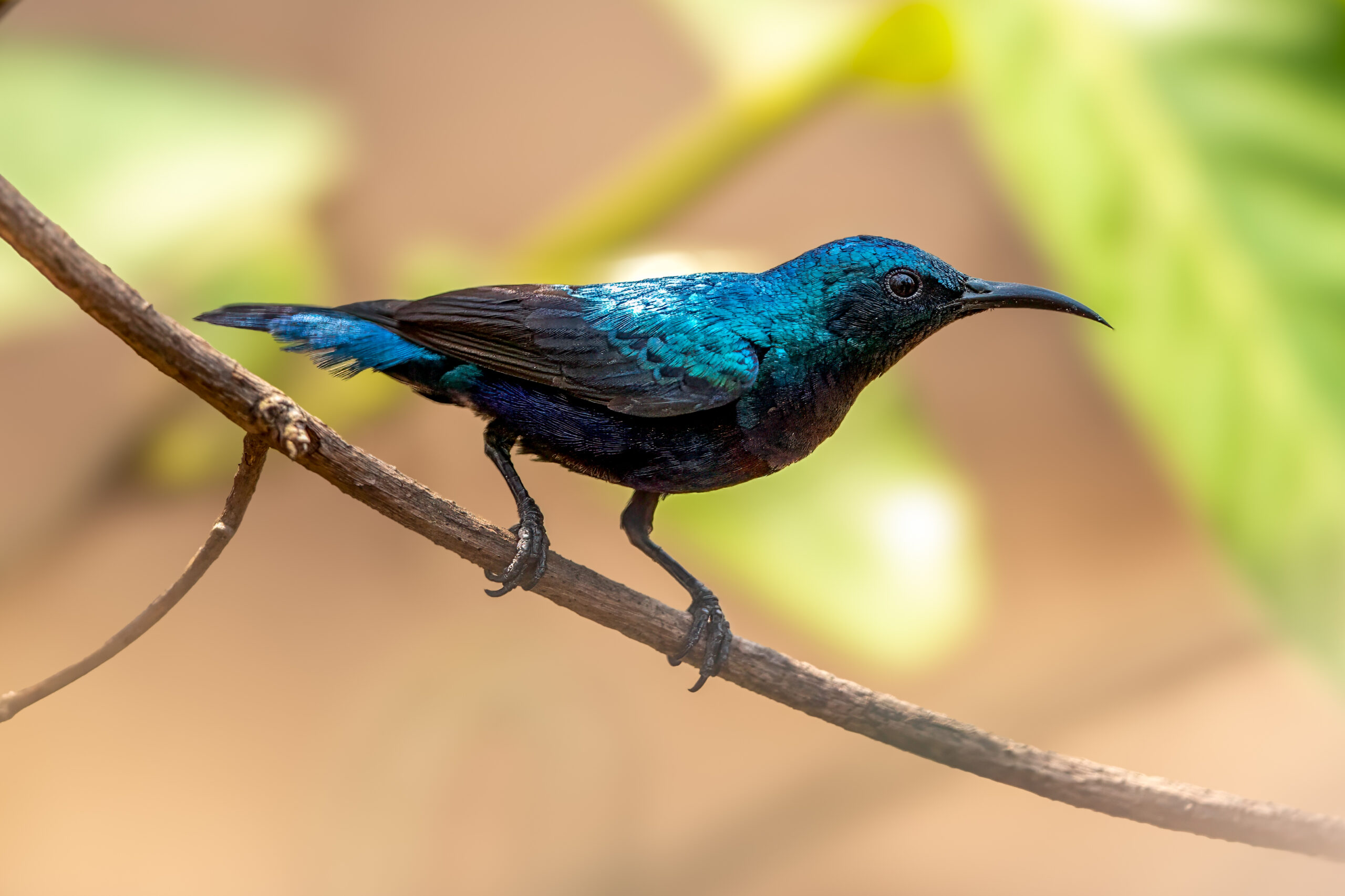Description
The broad-billed hummingbird (Cynanthus latirostris) is a vibrantly colored hummingbird, known for its striking appearance. Males exhibit a bright green plumage with a blue throat and a distinctive broad, red bill with a black tip, while females are less colorful, primarily green with a greyish-white underbelly. This species has an average length of 8-10 cm (3.1-3.9 inches) and a wingspan of approximately 12 cm (4.7 inches). It differs from similar species, such as the blue-throated hummingbird (Lampornis clemenciae), mainly in bill shape and coloration.
Broad-billed hummingbirds are primarily found in the southwestern United States and Mexico. Their range extends from southeastern Arizona and southwestern New Mexico south through Mexico to Guatemala. They are migratory birds, with some populations moving to warmer regions during the winter.
Diet & habitat
Broad-billed hummingbirds inhabit a variety of environments, including woodlands, deserts, and urban areas. They are particularly drawn to areas with abundant flowering plants. Their diet consists mainly of nectar, which they obtain using their long, specialized bills and rapid wingbeats to hover in front of flowers. They are also known to feed on insects and spiders, providing them with essential proteins. These birds can hover in air by flapping their wings in a figure-eight pattern at incredibly high speeds, around 50 times per second.
Nesting
The breeding season of the broad-billed hummingbird typically occurs from March to July. During this period, males perform elaborate courtship displays to attract females. After mating, the female is solely responsible for nest-building and rearing the young. The nest, often located on a low, thin branch, is a small cup made of plant fibers and spider webs, camouflaged with bits of leaves and bark. The incubation period lasts about 14-19 days, and the female typically lays 2 eggs per clutch. After hatching, the chicks are fed by the mother and fledge in about 20-23 days.
Status
There are no significant threats to the population of broad-billed hummingbird at a global level. It is listed as least concern on the IUCN Red List.







